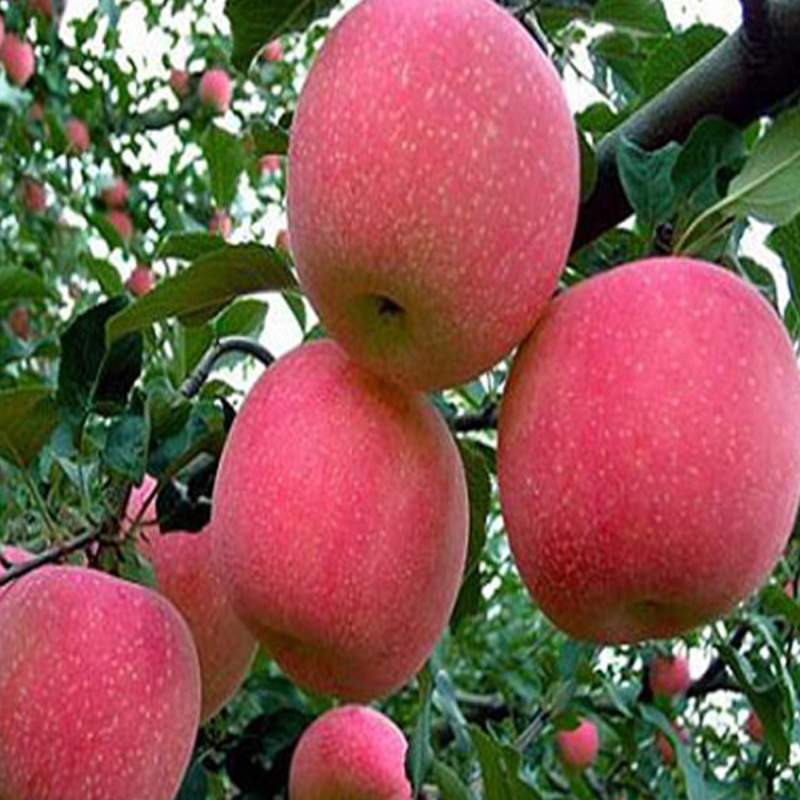- Species and varieties: The organic heirloom red apple seeds belong to the species Malus domestica. Heirloom varieties of red apples include 'Arkansas Black', 'Cox's Orange Pippin', 'Gravenstein', and 'Northern Spy'. These varieties are known for their unique flavors, historical significance, and genetic diversity.
- Hybrid or heirloom: These seeds are heirloom varieties, meaning they are open-pollinated and have been passed down through generations without genetic modification. Heirloom seeds are valued for their rich history, unique flavors, and the ability to save seeds from the fruit for future planting.
- Pruning and training: Pruning is essential for heirloom red apple trees to maintain their shape, remove dead or diseased wood, and promote healthy growth. Prune during the dormant season (late winter to early spring) to improve air circulation and sunlight penetration. Training young trees to a central leader or open-center form can help manage their growth and fruit production.
- Fertilization needs: Heirloom red apple trees benefit from regular fertilization to support healthy growth and fruit production. Apply a balanced fertilizer (such as 10-10-10) in early spring before new growth begins. Additional applications may be needed based on soil tests and tree health. Organic options like compost or well-rotted manure can also be used to enrich the soil and provide essential nutrients.
- Hardiness zones: Heirloom red apple trees are typically suitable for USDA hardiness zones 4 through 8. These zones cover a wide range of climates, from cold winters to warm summers.
- Climate requirements: Heirloom red apple trees require a temperate climate with cold winters to ensure proper dormancy and fruit set. They thrive in areas with well-defined seasons, including a period of winter chill (between 32°F and 45°F) for at least 800-1,000 hours. They prefer full sun and well-drained soil with a pH between 6.0 and 7.0.




